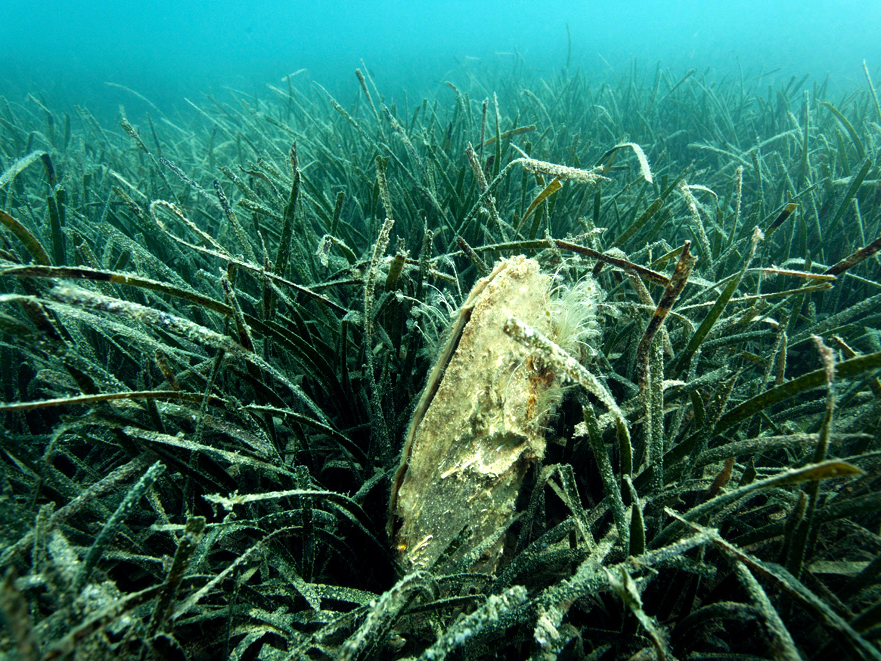Alfred Toepfer Natural Heritage Scholarships – Roberto Piccirilli
Torre del Cerrano MPA, Italy. Photo by R.Piccirilli.
Every year, the Alfred Toepfer Natural Heritage Scholarships (ATS) supports the work of young conservationist in protected areas across Europe. Roberto Piccirilli is one of the winners of the ATS 2015 and holds a Master degree in management and development of parks and natural areas by the University of Teramo.
During the last year, and thanks to the support offered by the ATS, Roberto has been working on the project Commonalities and differences between two Adriatic Marine Protect Areas. This project aims to increase the knowledge on management and development of Adriatic marine protected areas through the exchange of information and best practices between two MPAs, their human-environment and the efficient use of resources.
Commonalities and differences between two Adriatic Marine Protect Areas
Roberto talks about his experience and on how he developed the project:
This study was born from the idea of developing cooperation and collaboration between marine areas that exploit and live in the Adriatic Sea. The sea is one of the natural boundaries that need for greater adjustment concerning the exploitation and the maintenance of a marine ecosystem. In the Adriatic Sea, we currently have a huge presence of Marine Protected Areas and National Parks belonging to six different European states, mainly Italians and Croats. The analysis conerns two Adriatic parks:
- Marine Protected Area Torre del Cerrano, Italy.
- Brijuni National Park, Croatia.
The goal was to study and re-interpret the different methods used for the management of two Marine Parks that operate for the same purpose. As a preliminary action, I played a study activity on the regulations and the management plans of both marine parks in order to analyze the common issues related to human actions on the coastal environment and water.
As a first action, I spent a month in the Marine Protected Area Torre del Cerrano and 15 days in Brijuni National Park documenting the relationship of the parks with the local communities, stakeholders and the people who exploit the sea through fishing activities. The second part was important to acquire new knowledge on monitoring and research on the conservation of marine habitats and protected species; this concerns the exchange of information and best practices on the conservation of species in common such as “Caretta caretta“, “Tursiops truncatus“, “Pinna nobilis“, habitats “1120 Posidonia Beds” and “1170 Reef “.

“Pinna nobilis” over Posidonia bed at Brijuni National Park, Croatia. Photo by R.Piccirilli.
The last action was to compare both of these realities. Once the commonalities had be identified, I tried to develop new actions and updated the existing projects as GeoCetus, TurtaLife, AdriaPAN Network to increase the networking and create a partnership between these two marine parks. Bearing in mind the different geo-natural place, the different tourism use and the different fishing techniques, I tried to develop the actions that could be interesting to be applied in a project between the two Marine Parks despite the many differences that do not always allow you to apply a method in common.
This testifies the need to develop a networking, which includes more marine realities to have a better chance of interpreting the problems and solutions. On the other hand, there is the need to justify the cultural diversity of people and marine species along all the coast and countries of the Adriatic Sea. The report can become very important in creating an information and management database on types of marine protected areas in the Adriatic Sea – Roberto Piccirilli-.
Read whole report of Commonalities and differences between two Adriatic Marine Protect Areas in our website.